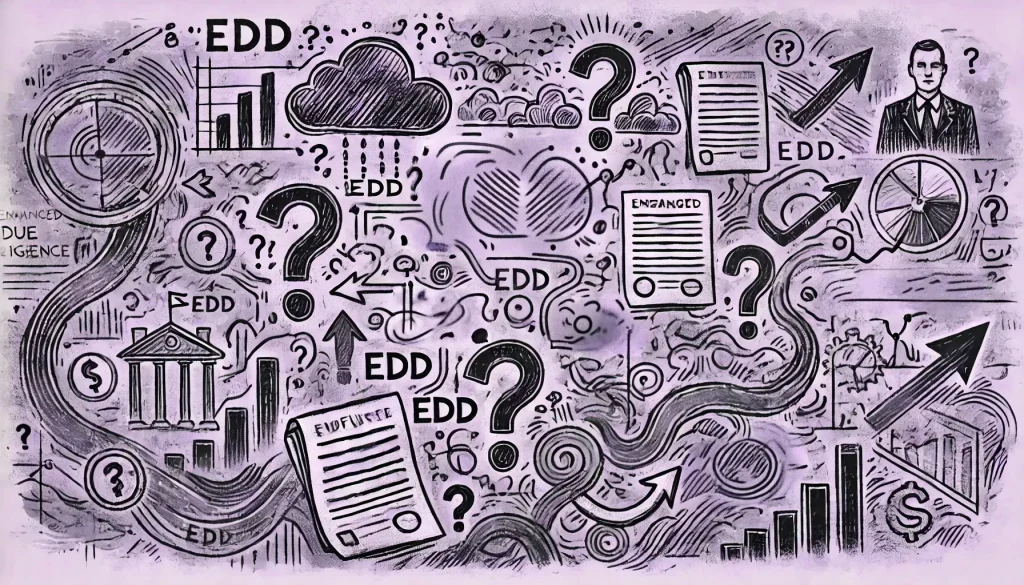Integrating new technology into a law firm can be a challenging yet essential process for staying competitive in today’s legal landscape. Many firms face difficulties in implementing software solutions due to a lack of internal expertise, varying departmental needs, and the rapid evolution of legal technology. This week’s Compliance Collective discussion explores common pitfalls in tech integration, the importance of a structured approach, and best practices for law firms looking to upgrade their technology infrastructure.
Understanding the Challenges of Technology Adoption
Law firms, particularly those with revenues exceeding a million but less than 150 employees, often lack a dedicated IT director or project management team. This absence of internal expertise can lead to significant disruptions when attempting to implement new technology. Firms might hastily engage with technology vendors without a clear understanding of their own needs or the solutions on offer, which can result in wasted time, increased costs, and inadequate solutions that don’t address the firm’s specific requirements.
A recurring issue in law firms is the temptation to jump straight into the selection of new technology systems without proper preparation. This often happens because firms are eager to resolve persistent problems with outdated systems but lack the necessary knowledge to navigate the technology market effectively. As a result, they might end up overwhelmed by the multitude of options, participating in numerous product demonstrations without a clear direction, leading to what is often termed the “beauty parade” of software selection. This process consumes valuable time that could be better spent servicing clients and generating revenue.
The Importance of a Structured Approach
To avoid these pitfalls, a structured, methodical approach is crucial. Implementing a six-phase strategy can help law firms manage technology projects more effectively, ensuring that each step is carefully planned and executed. The phases typically include:
- Define the Strategy: Understand the firm’s challenges, bottlenecks, and frustrations. Identify why there is a need for change and what specific outcomes the firm wants to achieve.
- Knowledge Acquisition: Before evaluating potential solutions, gain a thorough understanding of the firm’s current operations and the specific issues with existing technology. This phase includes interviewing staff to gather insights and applying metrics to measure the impact of these issues.
- Document Requirements: Develop a detailed list of requirements based on the knowledge acquired. This should include both the technical needs of the firm and the regulatory and compliance requirements that any new system must meet.
- Evaluate and Select Solutions: With a clear set of requirements, firms can then proceed to evaluate potential solutions. This step should be controlled and focused, only considering solutions that meet the predefined criteria, thus avoiding unnecessary demos and pitches.
- Implementation Planning: Once a solution is selected, the firm must plan the implementation carefully. This includes data migration, system configuration, and preparation for go-live to ensure minimal disruption to day-to-day operations.
- Training and Go-Live: Proper training tailored to different user groups within the firm is essential for a smooth transition. The goal is to ensure that all staff are comfortable and proficient with the new system from day one.
Addressing Compliance and Risk
In the legal sector, compliance and data security are paramount. Any new technology must adhere to stringent regulatory standards, especially when handling sensitive client information. Before even trialing new technology, firms should conduct thorough due diligence to ensure that all data remains secure and compliant with regulatory requirements. This involves verifying where and how data is stored, understanding the vendor’s disaster recovery plans, and ensuring there is no risk of data breaches.
Emerging technologies like AI present additional challenges and opportunities. While AI can greatly enhance efficiency and decision-making, it also introduces new risks, especially concerning data privacy and regulatory compliance. Firms should approach AI integration cautiously, starting with a clear understanding of the regulatory landscape and the specific compliance requirements involved.
Best Practices for Successful Technology Integration
Engage Stakeholders Early:
- Ensure that all relevant stakeholders, including senior partners, compliance teams, and department heads, are involved from the beginning. Their input is crucial in defining the firm’s needs and ensuring that the selected technology aligns with those needs.
Control Vendor Interactions:
- Instead of letting vendors dictate the conversation, firms should control the process by clearly stating their requirements and asking specific questions about how the solutions will meet their needs.
Plan for the Long Term:
- Technology integration is not a one-off project but a continuous process that requires ongoing management and adjustment. Firms should be prepared to invest time and resources in training, support, and future upgrades to maintain the system’s effectiveness and relevance.
Seek External Expertise When Needed:
- If the firm lacks internal expertise in IT project management, it may be beneficial to engage external consultants who can provide guidance and ensure that the project is executed smoothly and efficiently.
Monitor and Evaluate:
- After implementation, continuously monitor the performance of the new system and gather feedback from users. This will help identify any issues early on and allow for timely adjustments.
In Conclusion
For law firms, integrating new technology can be a transformative process, enabling more efficient operations, better client service, and enhanced compliance with regulatory requirements. However, it requires careful planning, a structured approach, and a deep understanding of the firm’s unique needs and challenges. By following best practices and avoiding common pitfalls, firms can successfully navigate the complexities of technology adoption and realise the full benefits of their investment.
Maximise your compliance!
Discover how our innovative courses can transform your firm’s skills and knowledge. Ensure your team always stays compliant, knowledgeable, and motivated to drive your organization forward.




